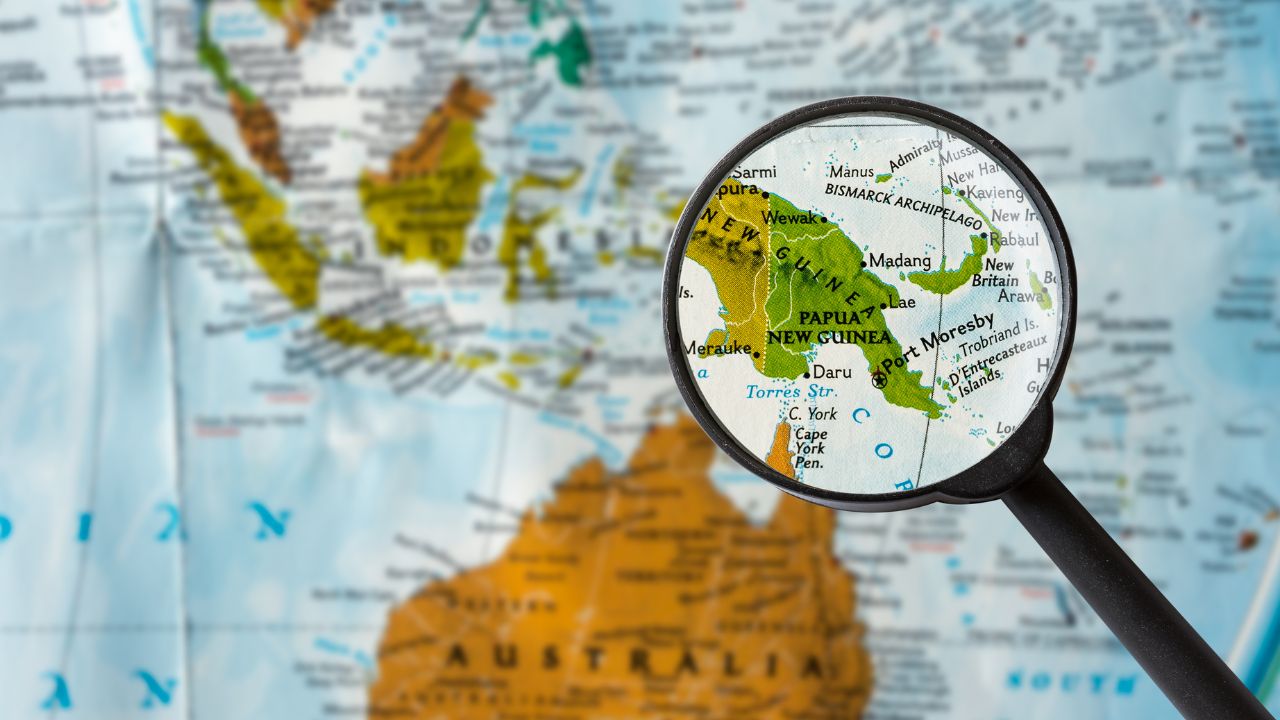In the echoing halls of international hubs and the bustling streets of cosmopolitan cities, English, Mandarin, and Spanish dominate the soundscape, spoken by billions as native or secondary languages.
However, these global giants only scratch the surface of linguistic diversity. According to Ethnologue, over 7,000 languages are spoken worldwide, each with unique cultural and historical significance. This linguistic richness offers a gateway to understanding the vast spectrum of human culture and communication.
A World of Languages
Languages are not evenly distributed across the globe. Papua New Guinea is the most linguistically diverse country, with over 800 languages spoken by just under nine million people. This incredible diversity is a testament to the country’s varied topography and cultural isolation over millennia.
Other regions with high linguistic diversity include Sub-Saharan Africa, India, and South America, each home to hundreds of distinct languages.
Determining the exact number of languages in the world is not straightforward. While estimates often exceed 7,000, the actual count can vary depending on how a language is defined and what criteria are used to count it as distinct. According to Ethnologue, the current estimate stands at 7,164. This complexity adds another layer of fascination to the study of global linguistics. Watch the video linked below for a deeper exploration of how many languages exist and the challenges in counting them.
Although the video was published a few years ago, the issues and questions it raises remain valid and pertinent today.
Intriguing Insights into Global Tongues
- The Vulnerability of Languages: Despite the large number of languages, many are at risk of disappearing. It is estimated that at least 40% of languages are endangered, many with fewer than 1,000 speakers remaining.
- Languages with Few Speakers: While languages like Mandarin boast nearly a billion speakers, there are languages spoken by only a handful of people. For instance, the Ainu language in Japan, which was once banned, is now maintained by only a few elderly speakers and cultural revival groups.
- Languages Rich in Sounds: Some of the Khoisan languages of southern Africa include clicking sounds that are not found in most other language families. These clicks represent a complex system of consonants rarely encountered elsewhere in the world.
Why Explore Languages Beyond English?
Learning and engaging with languages other than English open up new avenues of cultural insight and personal growth. It enables deeper connections with people and places off the beaten path of global tourism and commerce. Each language reflects a unique worldview, offering new words, concepts, and expressions that enrich our understanding.
Languages are not just tools for communication—they are living expressions of culture, history, and identity. By exploring languages, especially those less known than English, we gain perspectives that challenge and expand our worldview.
Whether learning key phrases for a trip, diving into a language study, or simply enjoying the beauty of another culture’s poetry and prose, each step into a new language is a step into a broader, more inclusive world.
Embracing Our Linguistic Heritage: Why It Matters
As our planet becomes increasingly connected, the value of linguistic diversity cannot be overstated. It is about preserving heritage and fostering global understanding and cooperation.
So, as we marvel at the vast array of world languages, let us also commit to learning and appreciating at least a few more. Doing so enriches our lives and contributes to a more harmonious world.

Hey fellow Linguaholics! It’s me, Marcel. I am the proud owner of linguaholic.com. Languages have always been my passion and I have studied Linguistics, Computational Linguistics and Sinology at the University of Zurich. It is my utmost pleasure to share with all of you guys what I know about languages and linguistics in general.



